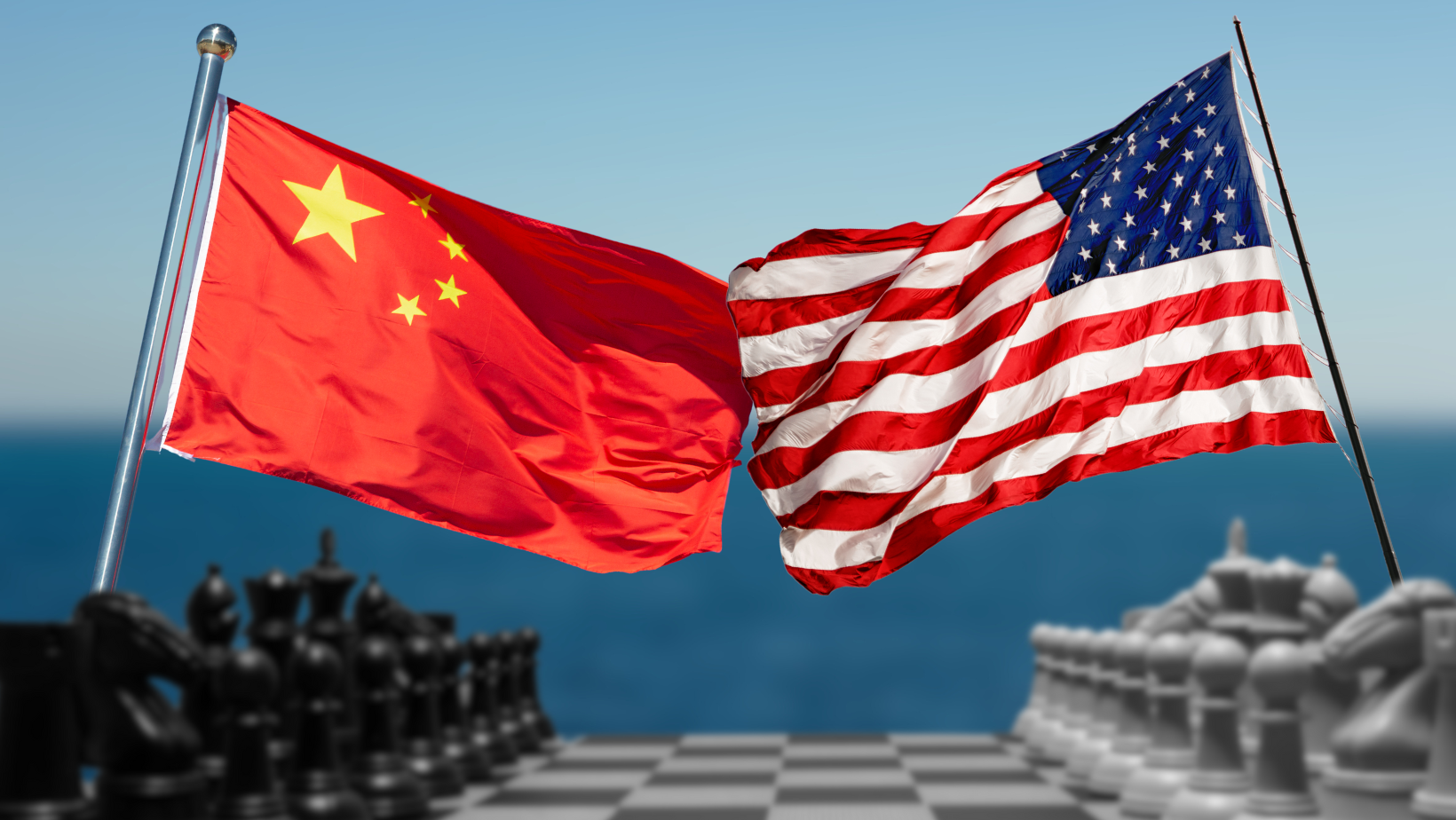

Some say the Philippines may become a pawn in the dangerous chess game between the United States and China.
This could be the perfect narrative from some people supporting the Chinese propaganda, particularly former president Rodrigo Duterte and his followers.
When he was in power from 2016 to 2022, Duterte tried hard to appease China, saying he would not go to war because the Philippines would surely lose.
He may be right. China has the largest navy and air force in the world, possesses an arsenal of nuclear weapons, and its ground forces dwarf the Philippines’ less than 100,000-strong army.
However, conventional wisdom suggests China will not go to war with the puny Philippines, which has only two guided-missile frigates and four operating light fighters.
The Philippines will not last 15 minutes in case an armed conflict erupts.
What would prevent a conflict is the “ironclad” support given by the United States, the country’s former colonial masters, under the 1952 Mutual Defense Treaty (MDT), which obliges Washington to defend Manila in case of an armed attack on its public vessels, aircraft, and personnel anywhere in the Indo-Pacific region.
Other like-minded countries are expected to help, such as Australia, Canada, Japan, New Zealand, South Korea, and European powers like France, Germany, and the United Kingdom.
The coalition of democratic states is enough deterrence.
Besides, the international law and the rules-based order are squarely on the Philippines’s side.
The 2016 arbitral ruling repudiated China’s nine or 10-dash-line claim on the South China Sea, denying China its legal basis to excessively claim areas outside its exclusive economic zone and far beyond its borders.
Admiral John Aquilino, the commander-in-chief of the US Indo-Pacific Command in Hawaii, has described China’s actions in the disputed waters as “illegal, dangerous, and destabilizing.”
China’s gray zone tactics have been testing the limits of the United States’ patience as it intensifies coercive actions in the disputed waters.
In its latest incursion into the Philippines’s sovereign waters, a Chinese Coast Guard vessel intercepted a Philippine survey vessel and a Philippine Coast Guard ship just 35 nautical miles off the Pangasinan coastline, a blatant violation of the country’s exclusive economic zone.
What was China trying to prove? Was it a solid reaction to President Ferdinand Marcos Jr’s meeting with US President Joe Biden and Japanese Prime Minister Fumio Kishida in the United States?
After the trilateral summit in Washington, the Philippines won strong support from the United States and Japan, promising to help modernize the country’s antiquated and obsolete military capabilities.
The Philippines operates a fleet of World War II-vintage vessels and Vietnam War-era aircraft.
It has started to acquire short and medium-range missiles, upgrade its air defense radars, and fly unmanned surveillance drones.
There is no comparison between Ukraine and the Philippines.
Russia was building a buffer zone against the US and its North Atlantic Treaty Organization (NATO) allies when it invaded Ukraine two years ago.
China has already created a buffer zone by building several man-made islands in the Spratly Islands and has been intruding into the sovereign waters of Japan, Taiwan, and the Philippines.
China is more determined to reunify with Taiwan, with force if necessary, because it considers the self-rule island as its renegade province.
Taiwan is the missing piece in its ambitions to retake all Chinese territory after annexing Tibet and getting back Macau and Hong Kong from European powers.
It has grand ambitions to supplant the United States not only as the world’s biggest economy but also as the mightiest global military power by 2049, the 100th anniversary of the Chinese Communist Party takeover of China.
By ruling the world, China would avenge its 19th-century humiliation when the United Kingdom, France, Germany, and even Portugal cut up China’s coastal territories.
The only similarity between the Philippines and Ukraine is the amount of attention the world has given Manila in the face of Beijing’s bullying.
Japan, the Philippines, and the United States held their first-ever trilateral ministerial meeting of foreign affairs, defense, and national security establishments.
The meeting came as the three nation’s leaders held their inaugural trilateral summit.
In Washington, Japan and the United States promised to help the Philippines strengthen its defenses to protect its sovereign interests.
Although the announcement was short on specifics, the United States and Japan knew what the Philippines badly needed: coastal defenses, long-range fires, integrated missile defense, maritime surveillance, and armed drones.
Two US lawmakers quickly responded, filing a measure to provide $500 million a year in military aid from 2025 to 2029 to build a minimum credible defense capability.
The $2.5 billion funding for equipment transfers under the Foreign Military Financing in the proposed Philippine Enhanced Resilience Act of 2024 (PERA) is a mini-Ukraine assistance.
That is the only reference to the Ukraine invasion.
A war with China is remote, but a Ukraine-like military aid is possible.
In chess, the pawn could be promoted to a stronger piece, a queen, to win a game.
0 Comments